AWS News Blog
New- AWS IoT Device Management
AWS IoT Core and AWS IoT Greengrass give you a solid foundation and programming environment for your IoT devices and applications.
The nature of IoT means that an at-scale device deployment often encompasses millions or even tens of millions of devices deployed at hundreds or thousands of locations. At that scale, treating each device individually is impossible. You need to be able to set up, monitor, update, and eventually retire devices in bulk, collective fashion while also retaining the flexibility to accommodate varying deployment configurations, device models, and so forth.
New AWS IoT Device Management
Today we are launching AWS IoT Device Management to help address this challenge. It will help you through each phase of the device lifecycle, from manufacturing to retirement. Here’s what you get:
Onboarding – Starting with devices in their as-manufactured state, you can control the provisioning workflow. You can use IoT Device Management templates to quickly onboard entire fleets of devices with a few clicks. The templates can include information about device certificates and access policies.
Organization – In order to deal with massive numbers of devices, AWS IoT Device Management extends the existing IoT Device Registry and allows you to create a hierarchical model of your fleet and to set policies on a hierarchical basis. You can drill-down through the hierarchy in order to locate individual devices. You can also query your fleet on attributes such as device type or firmware version.
Monitoring – Telemetry from the devices is used to gather real-time connection, authentication, and status metrics, which are published to Amazon CloudWatch. You can examine the metrics and locate outliers for further investigation. IoT Device Management lets you configure the log level for each device group, and you can also publish change events for the Registry and Jobs for monitoring purposes.
Remote Management – AWS IoT Device Management lets you remotely manage your devices. You can push new software and firmware to them, reset to factory defaults, reboot, and set up bulk updates at the desired velocity.
Exploring AWS IoT Device Management
The AWS IoT Device Management Console took me on a tour and pointed out how to access each of the features of the service:
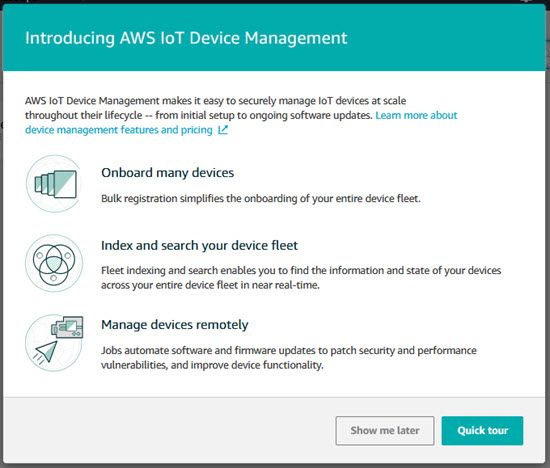
I already have a large set of devices (pressure gauges):
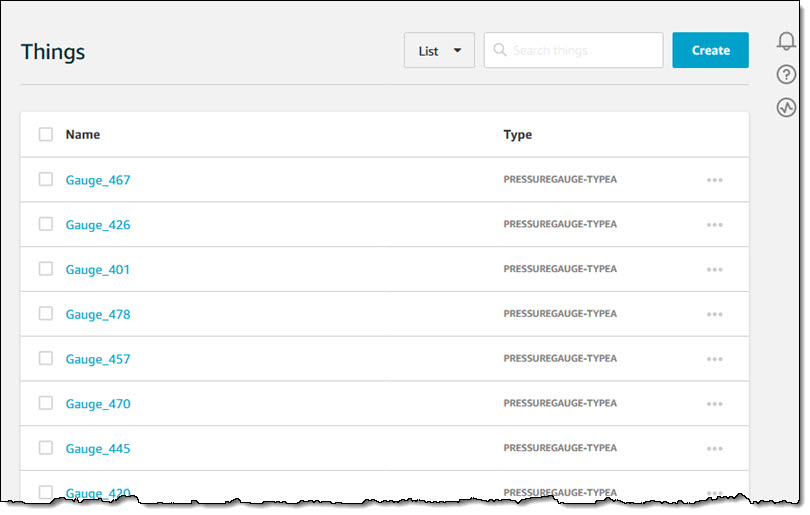
These gauges were created using the new template-driven bulk registration feature. Here’s how I create a template:
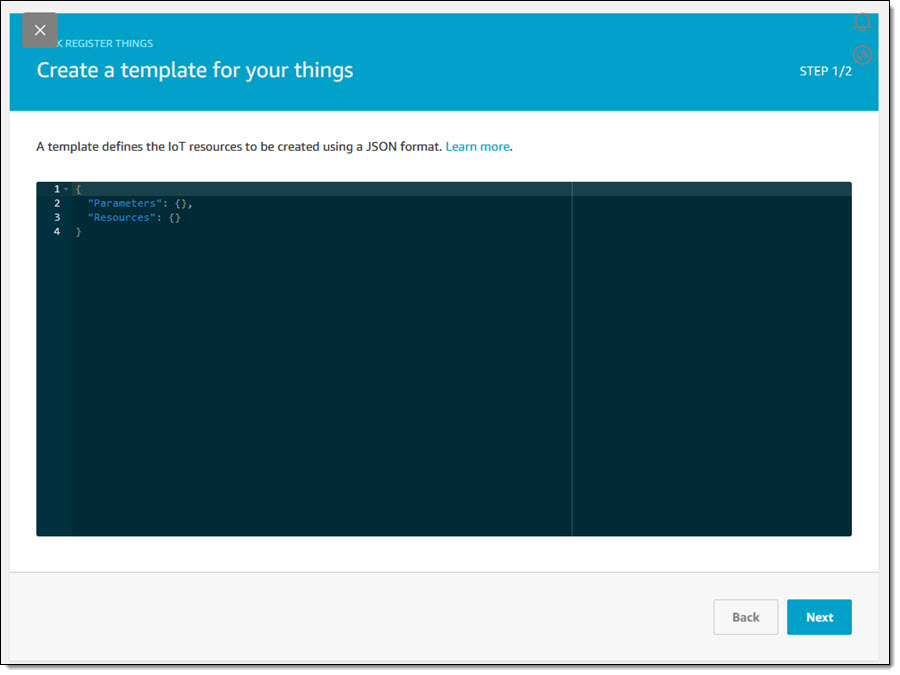
The gauges are organized into groups (by US state in this case):
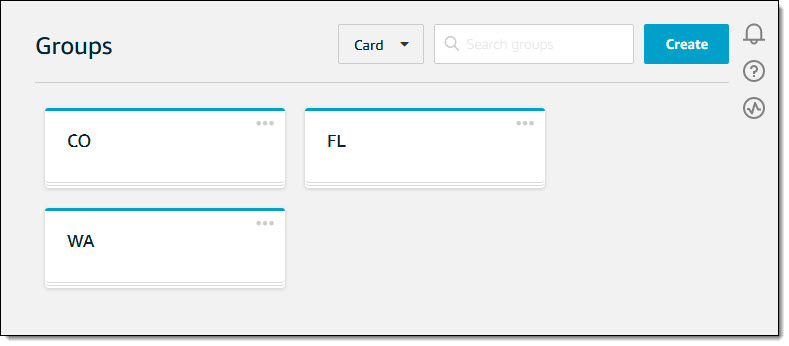
Here are the gauges in Colorado:
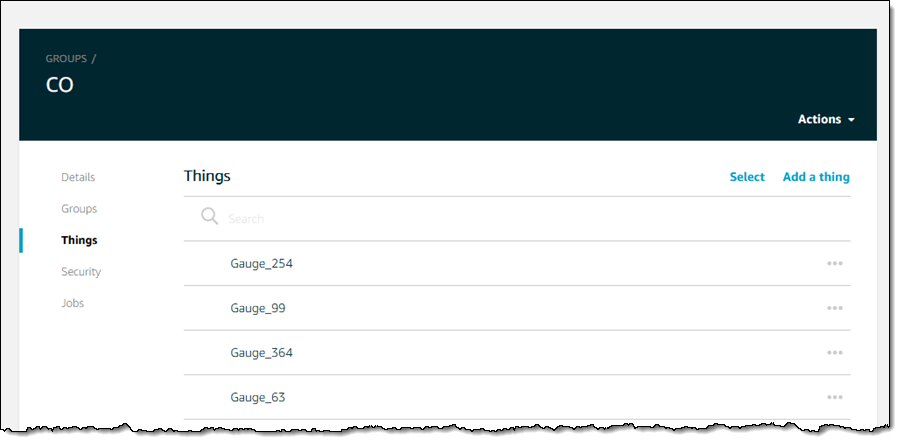
AWS IoT group policies allow you to control access to specific IoT resources and actions for all members of a group. The policies are structured very much like IAM policies, and can be created in the console:
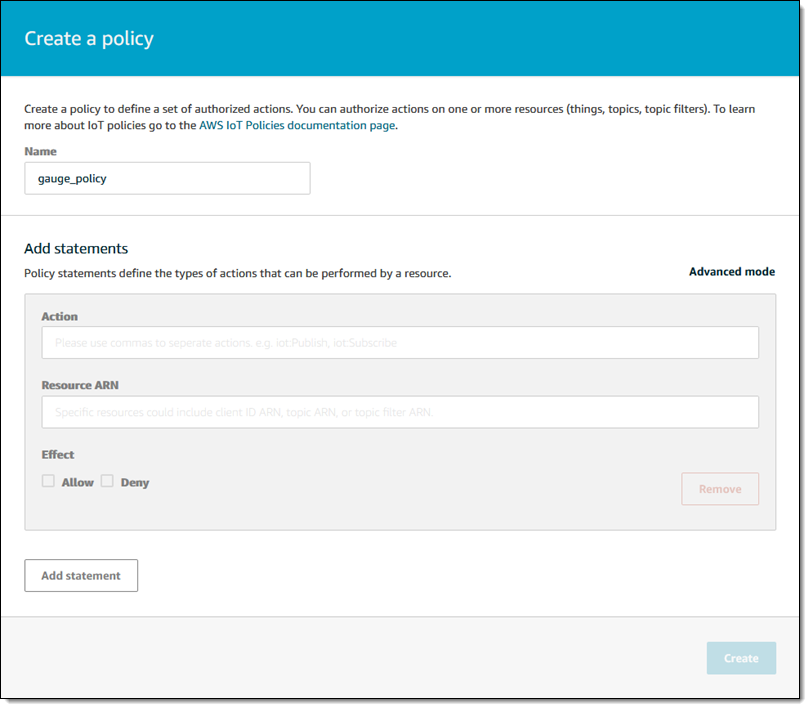
Jobs are used to selectively update devices. Here’s how I create one:
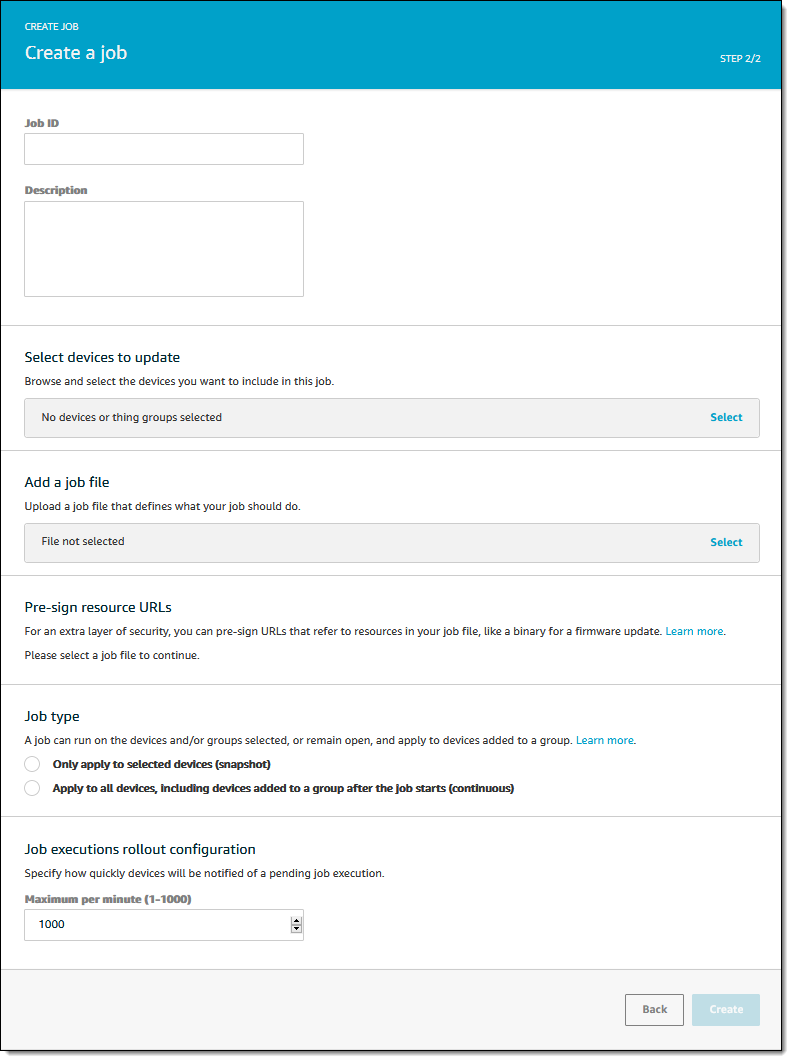
As indicated by the Job type above, jobs can run either once or continuously. Here’s how I choose the devices to be updated:
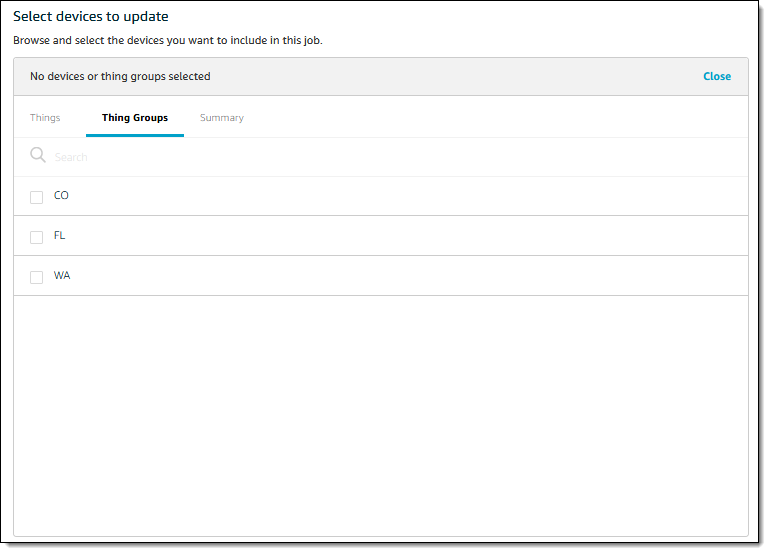
I can create custom authorizers that make use of a Lambda function:
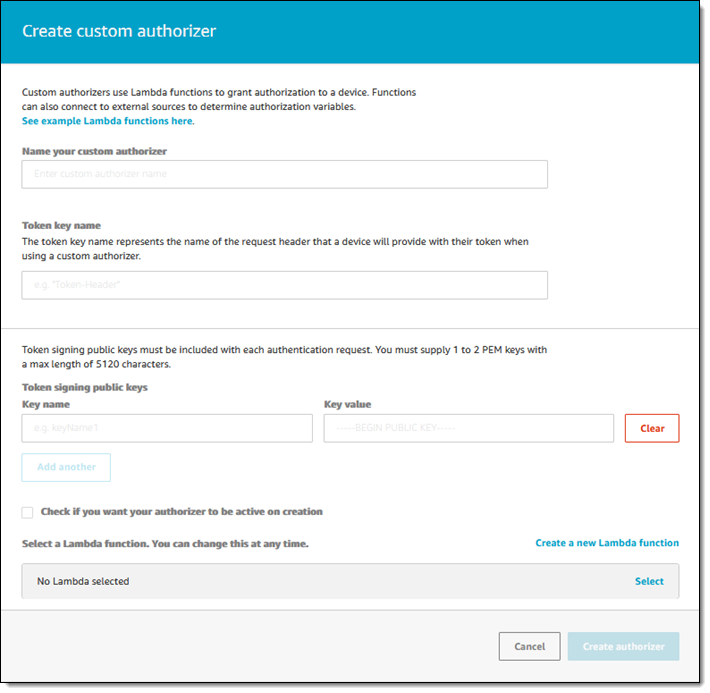
I’ve shown you a medium-sized subset of AWS IoT Device Management in this post. Check it out for yourself to learn more!
— Jeff;